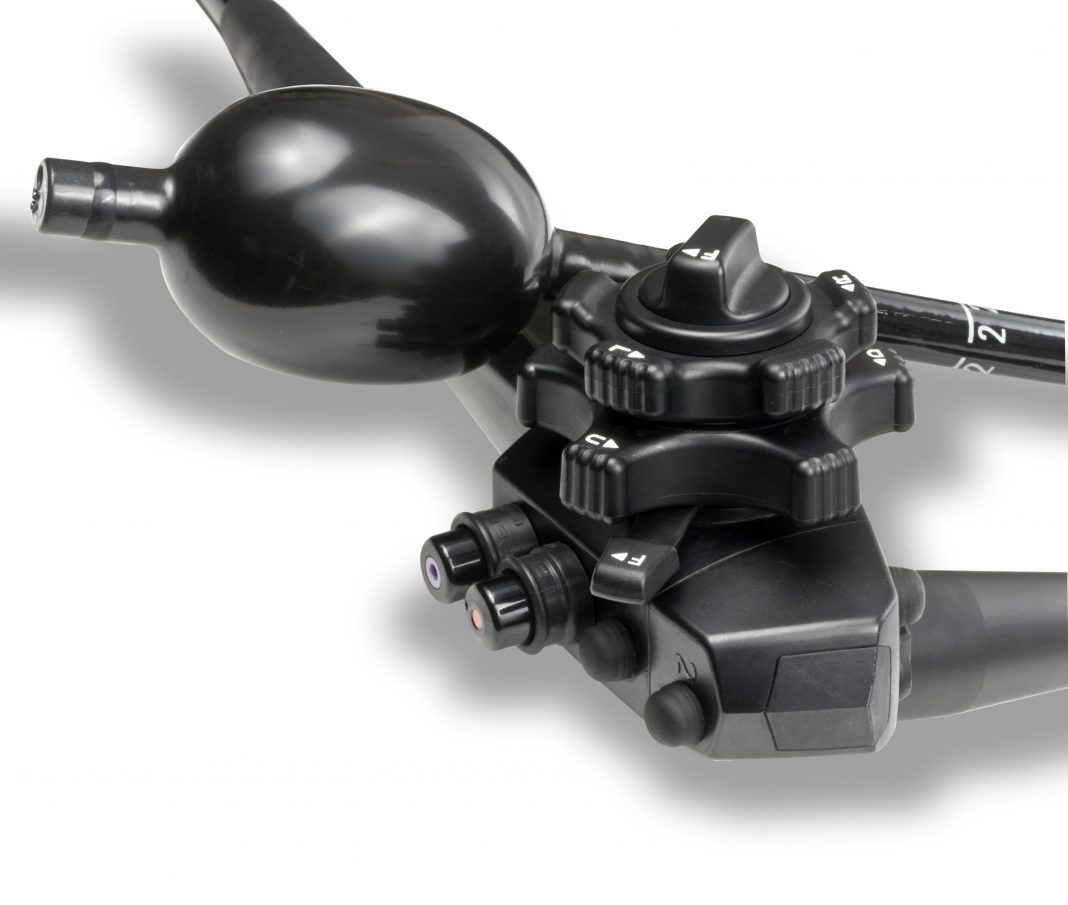G-EYE Balloon: SMART Medical Systems Ltd., a developer and manufacturer of innovative endoscopy products, today reported positive data from a multicenter clinical study (NCT 04708951) comparing the adenoma detection rate (ADR) of its FDA-cleared G-EYE® balloon technology against ENDOCUFF VISION® (ECV) technology in patients undergoing screening or surveillance colonoscopy.
Results from this randomized trial, the first head-to-head comparison of these two colonoscopy mechanical enhancement devices, showed that the ADR, particularly for advanced and large adenomas, was higher for the G-EYE® balloon than for the ECV attachment. Seth Gross, MD, Professor, Department of Medicine at NYU Grossman School of Medicine, Clinical Chief, Division of Gastroenterology and Hepatology at NYU Langone Health, and co-author on the abstract, presented the data in an oral session at ACG 2021, which is taking place October 22-27 in Las Vegas (ACG 2021, Presidential Plenary Session 1, Abstract #S233).
The study included 935 patients, randomized to G-EYE®– or ECV-assisted colonoscopy. Patient characteristics were similar in both groups, and withdrawal times were above the recommended 6-minute guideline threshold. Key findings from the study included:
- Significant increase in ADR with G-EYE® over ECV (18% increase in overall ADR and 69% increase in ADR of advanced adenomas).
- Detection of 83% more large adenomas and 87% more advanced adenomas with G-EYE® compared with ECV.
Colonoscopy is the gold standard for colorectal cancer (CRC) prevention, but folds within the colon can harbor adenomas (pre-cancerous polyps) that may not be visualized during the exam. Both G-EYE® and ECV assist colonoscopy through mechanical manipulation increasing colon surface area exposure, and have been demonstrated in prior clinical studies to increase ADR over standard colonoscopy. “The data presented at ACG 2021 demonstrate that exposing more colonic topography using the G-EYE® increased adenoma detection compared with the colonic fold manipulation provided by the ECV colonoscope attachment,” said Dr. Gross. “Increasing the detection of adenomas, particularly advanced and large adenomas is critical for the role of colonoscopy as a CRC prevention tool.”
“Increasing the detection of adenomas, and mostly of advanced and large adenomas, is essential for realizing the potential of colonoscopy as an optimized strategy for preventing the development of colon cancer and improving patient outcomes,” said Prof. Dr. med Ralf Kiesslich, Head of Gastroenterology at Helios Dr. Horst Schmidt Kliniken, Wiesbaden Germany, and the Principal Investigator of this this study.
The G-EYE® balloon, which is inflated to sub-anchoring pressure during endoscope withdrawal, unfolds the colonic topography, stabilizes the colonoscope in the center of the colon lumen to help maintain the field of view during the examination, allows for a more controlled withdrawal (reducing slippage), and assists in visualization of the mucosal surface. Additionally, stabilization of the endoscope during intervention by inflating the balloon to anchoring pressure can assist during therapy. Previously published clinical studies and meta-analyses have shown G-EYE® to increase adenoma detection in comparison with standard colonoscopy and other techniques:
- G-EYE® increased ADR by 28%, detected 47% more adenomas per patient (APP), 62% more advanced and large adenomas, and 142% more flat adenomas compared with standard colonoscopy (Gastrointestinal Endoscopy 2019; 89(3): 545-553).
- G-EYE® detected 81% additional adenomas, which were missed by the standard colonoscope (Endoscopy 2015; 47(03): 238-244).
- In two separate meta-analyses, the G-EYE® reached the highest score in adenoma detection among various examined ADR enhancement technologies (Clinical Gastroenterology and Hepatology 2019;17:2439–2454; Current Treat Options Gastro 2019; 17: 394–407).
“The effect of the G-EYE® balloon is notable, and I expect it to become a standard tool, over time, for every colonoscopy,” said Gadi Terliuc, Chief Executive Officer of SMART Medical. “These new data add to the growing body of clinical evidence demonstrating that G-EYE® provides endoscopists with increased diagnostic yield, and we are gratified that the ACG has recognized the importance of these findings by selecting this abstract for the Outstanding Research Award in the colon cancer prevention category.”
